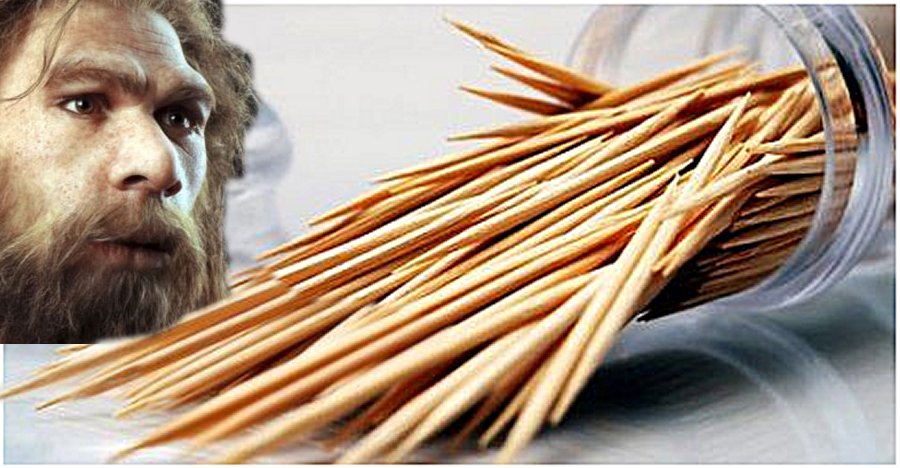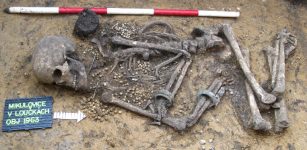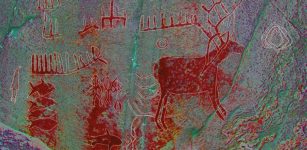Toothpicks Were Used Long Before Our Times – Neanderthals Used Them
MessageToEagle.com – Toothpicks were used long before our times, which was recently confirmed by evidence found by researchers excavating in northern Spain.
Wood fibers were found on a tooth in a 1.2-million-year-old hominin jawbone discovered at the excavation site. The fibers were found in a groove at the bottom of the tooth, suggesting they came from regular tooth picking.
In April 2016, archaeologists at the University of York in the UK found the oldest known example of this type of dental cleaning while investigating teeth of the 49,000-year-old remains of a Neanderthal at the El Sidron cave in Spain.
The researchers also found tartar (hardened plaque) on all the teeth in the jawbone except one. An analysis of the tartar revealed that these ancient people ate a balanced diet of meat and starchy foods, and ate their food raw.
See also:
Denisovans: Ancient Teeth Reveal More Ancient Secrets Of Human Relatives
Unique Dental Prosthesis Made Of Human Teeth Found In Medieval Tomb
Some of the starch granules found in the tartar suggest that grass seeds may have been part of the hominin’s diet.
“It is plausible that these ancient grasses were ingested as food. Grasses produce abundant seeds in a compact head, which may be conveniently chewed, especially before the seeds mature fully, dry out and scatter,” said study leader Karen Hardy from. the Catalan Institute for Research and Advanced Studies and the Universtat Autonoma de Barcelona in Spain.
The tartar also contained conifer pollen grains, suggesting that the hominin lived near a forest.
The intact starch granules and uncharred fibers found on the teeth show that these hominins did not know how to use fire to cook food. Also, the teeth were worn down and had signs of heavy use, suggesting they were used to grip and chew raw materials, the researchers said.
“Our evidence for the consumption of at least two different starchy plants, in addition to the direct evidence for consumption of meat and of plant-based raw materials suggests that this very early European hominin population had a detailed understanding of its surroundings and a broad diet,” Hardy said in a journal news release.
The study was published in the journal The Science of Nature.
MessageToEagle.com
Expand for references










